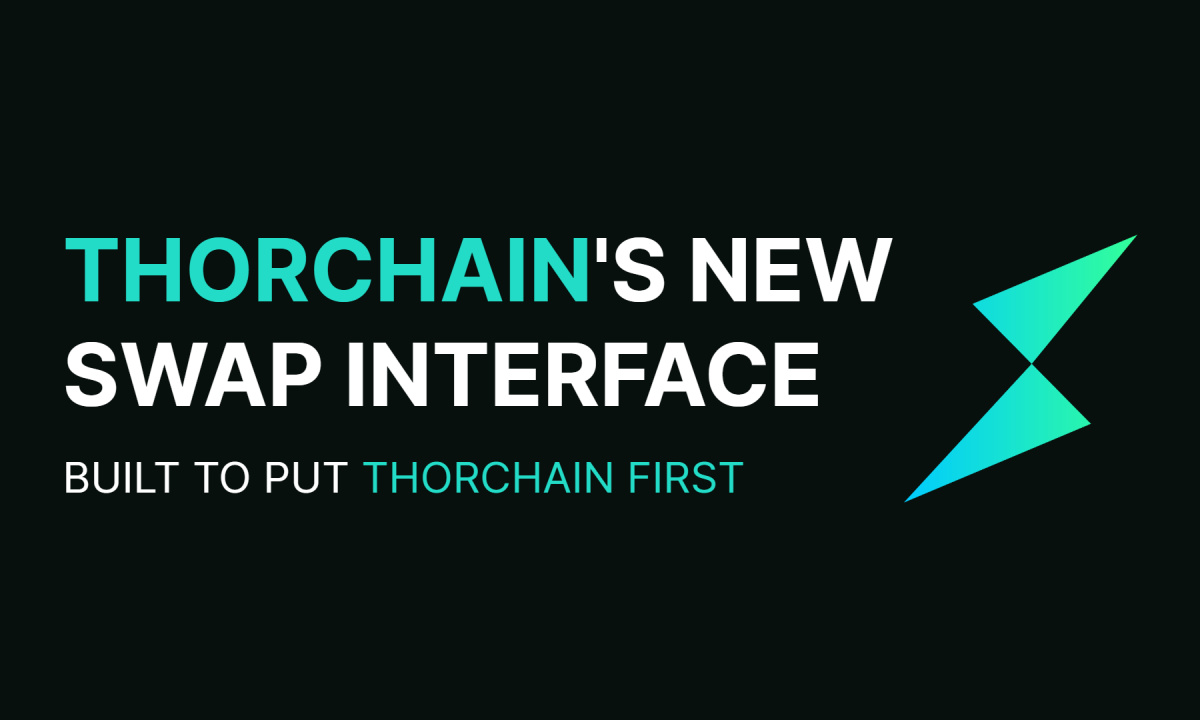Trustlessness is a fundamental concept in blockchain technology that allows systems to operate without the need for parties to have knowledge of or trust in each other.
In the world of cryptocurrencies, trustlessness was first introduced by Bitcoin, the pioneering digital currency that revolutionized transactions.
Bitcoin achieved trustlessness by enabling the verification and storage of all transactional data on the blockchain, a distributed ledger technology that serves as the foundation for cryptocurrencies.
In traditional centralized systems, such as banks, trust is placed in the institution to verify data and make decisions. However, trustless systems eliminate the need for a central authority to perform these tasks.
Trustless systems enable participants to engage in peer-to-peer (P2P) transactions, where trust is based on the reliability of abstract concepts rather than individuals. This is achieved through the use of cryptographic algorithms and consensus mechanisms.
By eliminating the central authority, trustless systems reduce the risk of theft, hacks, and data manipulation. While cryptocurrencies can still be vulnerable to hacking, their decentralized nature and lack of reliance on a central authority are often viewed as significant strengths.
Decentralized systems are not as widely adopted as centralized ones, but they offer several advantages. One of the key advantages is that trustless systems are governed entirely by computer code, which ensures transparency and immutability.
Bitcoin, for example, utilizes a consensus mechanism called Proof-of-Work (PoW). In PoW blockchains, participants, known as miners, compete to solve complex mathematical problems to validate and add new transactions to the blockchain. In return for their efforts, miners are rewarded with newly minted bitcoins. This incentivizes trustlessness by distributing trust among network participants and helping to ensure the security and resilience of the blockchain.
The use of blockchain technology in general is regarded as highly secure due to its decentralized and distributed nature. Since the data is stored on multiple nodes across the network, there is no single point of failure that can be exploited by malicious actors.
Trustlessness in blockchain extends beyond just financial transactions. Smart contracts, which are self-executing agreements with the terms of the agreement directly written into lines of code, also rely on trustless principles. Smart contracts eliminate the need for intermediaries and enable automatic enforcement of agreements.
With trustless systems, the focus shifts from trusting individuals or centralized institutions to trusting the underlying technology and algorithms. This paradigm shift has the potential to disrupt various industries, including finance, supply chain management, and identity verification.
However, it’s important to note that achieving trustlessness does not mean eliminating trust altogether. Trust is still required in the underlying technology, the integrity of the consensus mechanism, and the security practices of individual participants.
In conclusion, trustlessness is a core concept in blockchain technology that enables systems to operate without the need for parties to trust each other. By relying on abstract concepts and cryptographic algorithms, trustless systems eliminate the need for a central authority and reduce the risk of fraud and manipulation. While trustless systems are still relatively new and not as widely adopted as centralized systems, their advantages in terms of security, transparency, and efficiency make them an important innovation in the world of technology and finance.














